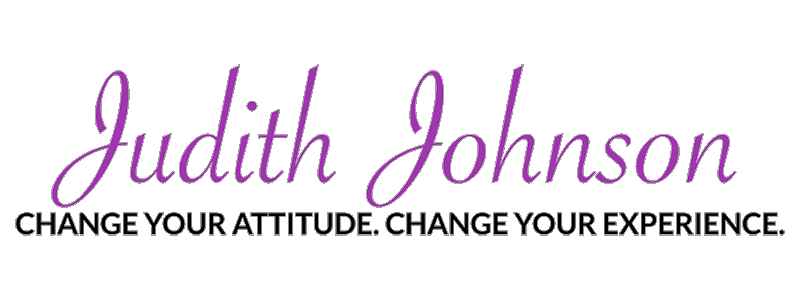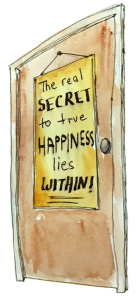“For most of human history, people died fast.
Now suddenly, we have the opportunity to grow old,
to have an illness for a long period of time,
and to know what’s coming.
We could make this an important phase of life.”
— Joanne Lynn, M.D., “Americans for Better Care of the Dying”
It may sound peculiar, but there are some very exciting things happening where death is concerned in America. The momentum of change in how we view and respond to death is building in many sectors of society as we transform our culture of death. For example, consider the following changes:
- People are choosing memorial services and celebrations in addition to or instead of a traditional funeral. This allows for a more personalized ritual customized to the particular beliefs and sensibilities of the deceased. It also allows for both mourning the loss of a loved one and celebrating the life he or she lived.
- Cremation is rapidly becoming the preferred method of body disposition and is projected to surpass burial, reaching 51 percent by 2025 in the U.S. Traditional funerals and burial rites are becoming one of several options rather than the only way to go. Even burial rites are changing with a growing number of requests for environmentally friendly green burials.
- In medicine, the mission of preserving life coupled with evermore sophisticated technologies have made it difficult for doctors to see death as anything other than a professional failure. With the introduction of hospice and other palliative care programs over the past 30 years, medical schools and the health care industry are beginning to embrace the emerging culture of compassionate comfort care for the dying.
- The end of life is no longer being seen simply as a time of diminished capacity spent fighting against an illness that is simply taking its natural course. Instead, there is a growing awareness of the need to take time for coming to terms with one’s death, reviewing one’s life, putting one’s affairs in order, and for saying final goodbyes.
- Advances are being made in the area of local and internet bereavement services which are helping to reduce the isolation of the grieving and are providing support and education about the grieving process. Businesses are becoming more aware of the impact of grief on productivity in the workplace and, as a result, are increasingly providing educational and support services for their employees and community.
Unfortunately, in our personal lives, death is still largely a taboo topic. Most of us are not comfortable talking to each other about our thoughts and fears about the uncertainties surrounding dying and death. The irrational fear that preparing for death will hasten its arrival or cause medical personnel to “pull the plug” stops many of us from putting our affairs in order in advance of need. It’s been reported 30-40 percent of us still do not have advance health care directives to instruct medical personnel and loved ones about personal preferences for emergency and/or end-of-life medical care. Instead, we tend to just let these things happen and be dealt with while in crisis mode.
The deeper and more profound conversation about the meaning and mysteries of death and how our view of death informs how we live our life has not yet reached public discourse. The prevailing belief remains that life is good and death is bad. When someone dies, most think of it as a tragedy rather than seeing it for what it is — the normal course of events. Yet, dying comes with living. No one gets to live without dying. So, death is every bit as normal as birth is, yet we still shroud it in stigma, fear and rejection. Next week’s article will discuss the potential available to us all, both individually and collectively, in making our peace with death.
If you would like to know more about me and my work, please explore my website here.
Also, if you know anyone who might get value from this article please email or retweet it or share it on Facebook.






